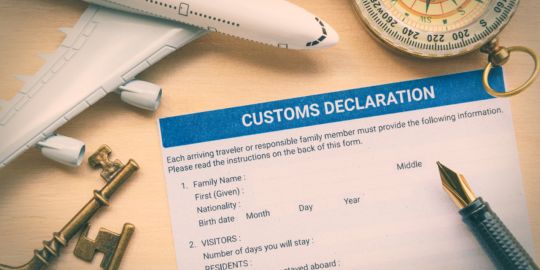klsallee wrote:To geolocate the point of origin of the web site, then the web site's IP address is used, and unless it is spoofed that information is transparently and easily retrieved from the web site's data packages....
I know exactly how it works - my industry.
You are mostly correct. Let's not confuse the server for whatever site you are looking at with the IP addresses dished out by the ISP dynamically to the end user and the use of DNS naming for specific ports on the multiplexer (specifically the DSLAM) at the (telephone) exchange end.
Addresses for end users are dished out addresses by DHCP by the ISP according to their own naming and allocation scheme. This has nothing to do with any address scheme one applies within one's own home or office network. That is because nearly everyone will be using NAT (internal to external address translation). The circuit for end users is transparent because ISPs use PPoE (usually) - Point to Point over Ethernet to set up the connection. You can see this in your router configuration. This means your router appears to be connected directly to the Internet. Whatever happens in between your location and their gateway is down to the ISP's network configuration.
ISPs can allocate ranges within countries. However, this is utterly unreliable as it's up to the ISP to use their own ranges as they want but some information might be gleaned. The reason why you see Budapest is because packets are transmitted on the ISP backhaul (backbone) within their own address ranges to their own external gateway which is in Budapest. That gateway they usually peer to another provider which can be seen when tracing the route. There's nothing necessarily on the external public network until you hit that gateway. Externally, the addresses seen by web browsers will be temporarily allocated public addresses usually resolving to a specific port in a certain area - you can see this if you use "tracert" on your Windows machine from a command shell - you can tracert to anything - try www.cnn.com or something similar.
The location resolution is entirely down to the ISP to apply their naming convention according to their DNS server. They will for example, resolve all address for vodafone.hu or telekom.hu. This can be something like "port2.budaors.pestcounty.vodafone.hu" etc. The ports do not change that much as most Internet now is permanently up and the DHCP addresses get renewed (configurable). But it does change if there's an more wide ranging event - like a power cut or something happens at the exchange like a reboot.
The way around resolving your own dynamic IP address is to use Dynamic DNS (DynDNS). This is a way of accepting incoming web server requests without having a fixed IP. Unfortunately, if you have a Telekom router, their support is awful for DynDNS. But in any case you could run your own web server. I do this myself for my security cameras (these are all IP cameras with their own servers). I can access them all externally from anywhere in the world. I use a DynDNS address and each camera is on a specific port but I only have one external address. I use internal and external port mapping to allocate my internal IP addresses/ports to the externally accessible address.
As far as the server side goes, this can be anywhere (at all) and generally the server has no knowledge of where you are other than your apparent IP address is in a specific range (which resolves geographically if geolocation services are used). They can however get a good idea more accurately by running "tracert" if they care enough but it would need special knowledge if the tracert output is not obvious.
One thing to note is most (but not all) web sites are stateless. Each connection gets set up and torn down with each access.
klsallee wrote:Note that Apps in phones or tablets are different. They do know where you actually are because they can either use the GPS unit in the mobile device or by triangulation based on local cellular towers.
It works exactly the same way as far as IP networks go. It's just the media method (WiFi, 4G, cable) used access the gateway that differs. This is all hidden from the end user and indeed hidden most of the applications which work higher up in the protocol stack. They can indeed locate you by GPS if you have that switched on and accessible and they can also find you approximately via triangulation but this latter method is a bit old school. They find you even more accurately is by analysing different signal times from your phone to different towers. This gives distance and by using the tower's sector antennaes, they know the approximate direction. When I was dealing with this some years ago the accuracy was about 50-100m but I expect it's down to less than 20m now as cells get more dense.









